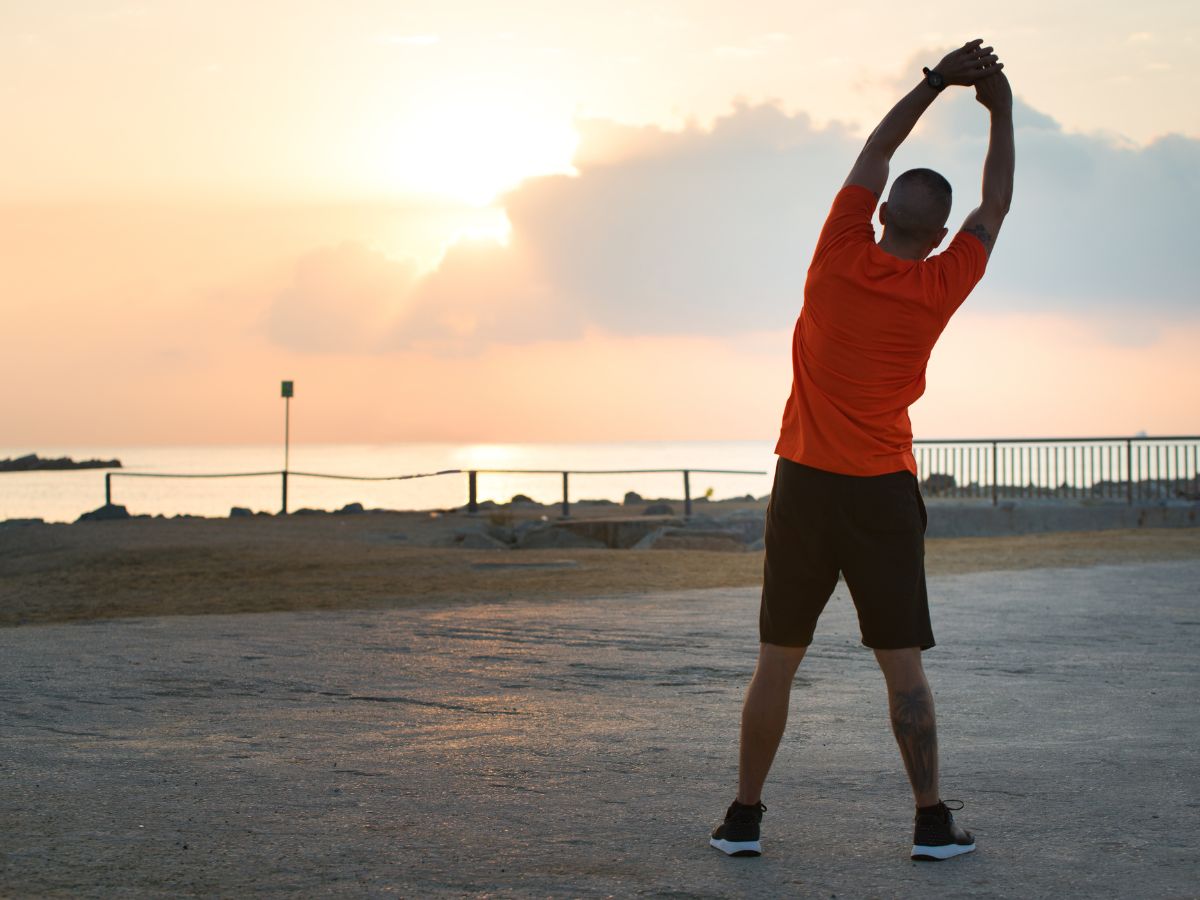
Top Daily Habits to Keep Your Joints Healthy and Active
Our joints work quietly in the background, helping us walk, bend, and move with ease, yet we only notice them when pain or stiffness begins to hold us back. In India, where daily life often involves sitting cross-legged, climbing stairs, or walking long distances, keeping joints healthy is key to staying active and independent as we grow older.
Why Joint Health Matters More Than You Think:
Our joints are like the invisible wheels of a cart- silent, unnoticed and always working and turning, until the day they jam and squeak, and suddenly you realise how much your freedom depends on their smoothness. Many people in India think joint pain is a “problem for later years,” something that only grandparents talk about, but the truth is, what you do in your 20s, 30s, and 40s will decide whether you can climb temple steps in your 60s without panting or squat on the floor at family functions without flinching. Looking after your joints is not only about preventing pain, it is about protecting your independence.
Simple Morning Rituals That Keep Stiffness Away:
Exercise is important for joint health, but you should always prioritise warm up and cool down sessions. This means simple wrist and ankle rotations, bending forward to touch your toes, or just sitting cross-legged for a few minutes helps joints remember their full range of motion. Those with more time can try yoga; even two rounds of surya namaskar are good for your joints, warming them from the inside out. But if discipline feels difficult, just take a ten-minute walk to the market- you will not only loosen your joints but also buy fresh vegetables that support your health in another way.
The Role of Nutrition in Building Stronger Joints:
Omega-3 rich foods like walnuts, flax seeds, or fish reduce inflammation- think of them as the oil that prevents rust on moving parts. Turmeric, long celebrated in every Indian kitchen, is more than a spice; its curcumin content has been shown to calm swelling and joint discomfort. The idea is not about running behind expensive imported “superfoods,” but about respecting traditional, home-style cooking that provides steady nourishment.
Healthy joints do not come from miracle cures or expensive supplements, but from daily habits that slowly build resilience- in the way you stretch when the day begins, the meals you choose to nourish yourself, the small walks you squeeze in between busy schedules and the lifestyle choices that respect your body’s natural needs. When these habits become part of your routine, you are not only preventing stiffness or pain, you are giving yourself freedom- freedom to walk without hesitation, to play with children on the floor, to climb stairs without gasping in pain and to live fully without worrying about whether your body will cooperate.
Frequently Asked Questions
The simplest way to protect your joints is to keep them moving regularly, which means beginning your morning with gentle stretches to warm up stiff muscles, staying consistent with low-impact exercises like swimming or cycling to maintain flexibility, eating foods rich in nutrients that support bone and cartilage strength and by keeping your weight in check so your knees and hips are not overburdened.
Indian kitchens already hold many natural protectors of joint health, with calcium-packed foods like ragi, dairy, and leafy greens, vitamin D from sunlight and fortified milk, omega-3s from walnuts, flaxseeds, and fish like mackerel or sardine, and anti-inflammatory spices such as turmeric, ginger, and garlic that can be easily added to everyday meals; together, this blend reduces stiffness, builds resilience in cartilage, and keeps the joints flexible and less prone to long-term wear and tear.
Stiff joints often respond well to simple lifestyle tweaks such as starting the day with yoga stretches, staying physically active instead of sitting for long hours, using warm showers or hot compresses to relax tight muscles, and adding turmeric milk or ginger tea into your diet for their natural anti-inflammatory action.
For older adults, safety comes before intensity, which is why low-impact exercises like brisk walking, swimming, or cycling on a stationary bike are excellent, as they improve circulation and mobility without stressing cartilage; light strength training with resistance bands keeps muscles supportive, and yoga poses adapted for seniors, such as gentle stretches and balance-building asanas, help maintain flexibility, reduce stiffness and lower the risk of falls.
The backbone of joint health lies in vitamin D and calcium, which support strong bones and cartilage, and omega-3 fatty acids, known for reducing inflammation and easing stiffness; in some cases, doctors may also prescribe glucosamine or chondroitin for additional joint support, but since supplements can interact with other medicines, they should only be taken under medical advice.

